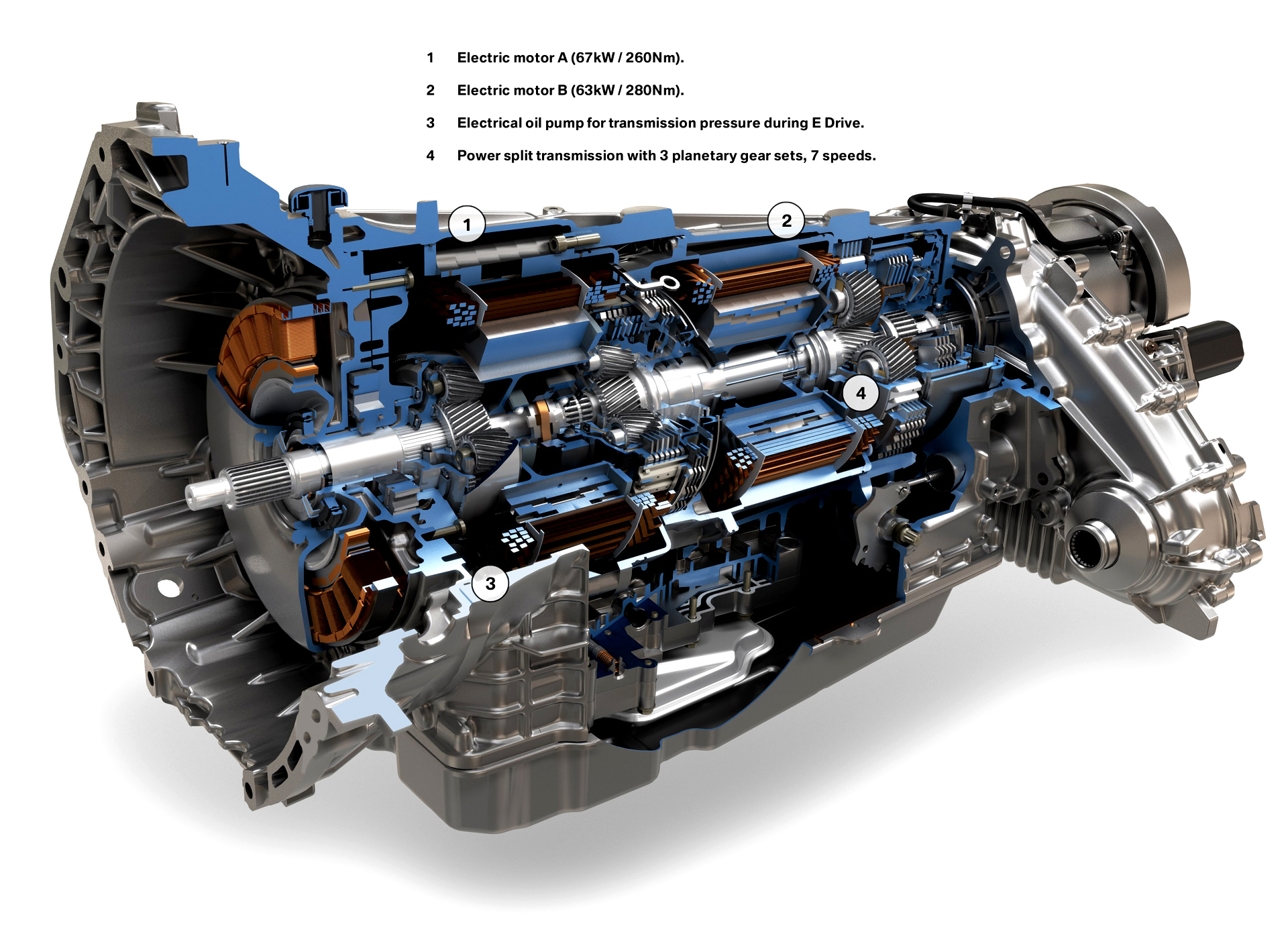Batteries have improved over the years. The storage and value of production of the batteries required to power electrical cars have forever greatly modified. They are currently a lot of economical, more cost-effective, and perform abundant longer than the outdated batteries of yesterday.
As you'll be well aware, the motor is the center of any vehicle. It is usually the motor that's defining and generally limiting its performance. Electric cars will use either an AC or DC motor. Majority of the DC motors employed in electrical cars come back from the electrical forklift business and could run from ninety six to 192 volts.
If the electrical vehicle is powered by an AC motor then the chance of it running 3 part AC motor at 240 volts is high. It might additionally have its own 300 volt battery pack. DC motors are little question easier and more cost-effective compared to its AC electrical car motor counterpart. A typical DC motor will be around in the 20,000 watt - 30,000 watt range while a typical controller can be in the 40,000-watt to sixty,00zero-watt vary (for instance, a ninety six-volt controller can deliver a most of four hundred or 60zero amps). The nice issue about DC motors is that you can overdrive them.
Now let us compare that to the AC electric automotive motor. An AC motor selection or AC controllers might need a matching motor and most of the AC motors that are being marketed for electronic vehicles may return with a controller. The controllers that include it might typically embrace a designed-in charger and DC-DC converter.
The power AC inverter is the most part of the electrical system of the AC EV motor car, and its role is straightforward. It should effortlessly convert the battery energy to the form that's deemed usable for the AC motor, and to deliver the correct quantity of this energy per driver's demand.
AC installations enable you to use nearly any kind of industrial three-section AC motor. This is a bonus for you as a result of that may mean that finding a motor with a selected size, power rating, and form is therefore much easier to try to to. Another advantage of AC motors in electrical cars is that the majority of them have a regen feature designed into them. What which means is that when you hit the breaks or during breaking the AC EV motor in your vehicle turns into a generator and delivers power back to your batteries.
Different blessings when using or choosing the AC electric car motor are; electronic reverse, ability to adapt exact characteristics of the motor that conjointly includes the throttle and brake potentiometers parameters, battery, and alternative hardware parameters via software, integrated components (main contactors and DC-DC converter), lack of brushes, high prime RPM limit (about 10,00zero for this motor), water cooling and high reliability.


0 Response to "Electrical cars AC Motor"
Post a Comment